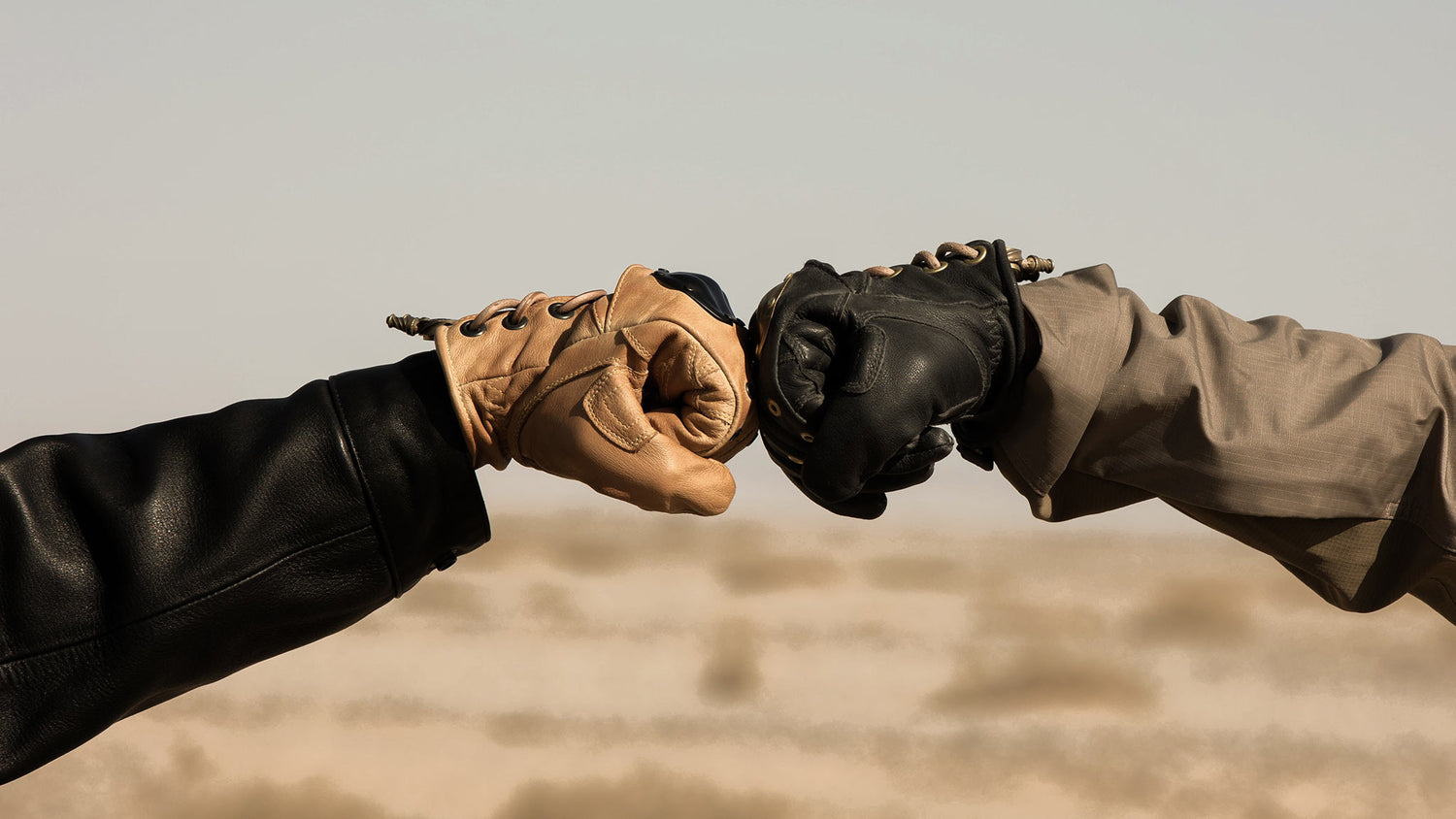
Spending time and money on something you may never use may seem contradictory. However, investing in the greatest motorcycle gear, you can afford can be the best decision you ever make.
The following guidelines apply to both the rider and the pillion rider. As a general rule, bear in mind the four "F's"—fit, function, fogy and fashion. Even the best equipment will be rendered useless if it does not fit properly. Avoid wasting money.
When shopping for outerwear, keep these things in mind: a warm jacket, warm pants, warm gloves, and warm boots.

1. Amount: Could you put it on? Without being overly tight or obstructing built-in airflow, gear should be snug. It's more likely to stay in position on your body and provide the most protection in the case of a road slip. To accommodate a wide range of body types and clothing layers, look for pants with an adjustable waist. Zip-in linings can be used for three seasons, extending their usefulness. Put your body in the correct riding position by finding a bike with a similar position. Check to see if your gear restricts your range of motion or constrains your hips, knees, or shoulders.

2. The length: The purpose of riding gear is to keep you safe. Being able to flaunt your nice looks isn't the primary goal. Your jacket and jeans will appear overly lengthy when you're standing. You want sleeves to cover your wrists when you're biking. Make sure the back of the jacket is long enough to cover your trousers. Also, pant legs should be long enough to cover your ankles."
3. Protective gear: CE-certified (a European standard) D30 impact protection is required for the best gear. Ensure that your chosen coat's elbows, shoulders, and back are well-protected. At the hips and knees, the pants should be armored. When standing with your arms at your sides, this protection will be below the joint it's meant to protect. When riding, make sure it's in the correct position. Armor pockets on joints in good gear can be adjusted to accommodate different leg and arm lengths. When cleaning the outfit, you'll want armor that can be removed. For the best protection, choose mid-shin high boots with a reinforced shank and ankle guards.
4. Infrastructural work: When sewing, ensure the seams are double or triple stitched and finished with a smooth surface. They won't pop open as easily and will last longer. When you utilize a piece, you won't be able to ignore the seams you feel when trying it on. Ankle protection, a steel shank, a shifter pad, and toe protection are all essential features to look for in a boot. Please make sure the soles are oil-resistant and that they are sewn on, not merely glued.
5. Closures: Closures are the final step in the process. Zippers, laces, Velcro, and snaps are just a few of the many fasteners used by manufacturers. Wrist and neck closures should be adjustable. Velcro can be used on any other body part, but avoid putting it on your neck. It hooks on the straps of helmets and damages the fabric. Boots without an additional covering to prevent snagging should not have laces. Boots with Velcro fasteners are quick and easy to put on and take off.
6. Ventilation: Ventilation is an integral part of every building. Good ventilation is a lifesaver on hot days. To keep you cool, look for zippered openings on the chest and back. Underarm vents are also a plus. Zippers with large pulls easily open and shut while wearing gloves.
7. Visibility: Visibility is a significant factor in this. You'll stand out more if you wear anything with reflective materials, especially on your upper body. Pipes, insets, and panels contribute to a more significant surface area. Headlight reflections have the potential to save your life. Another alternative is to wear a high-visibility vest on top of your jacket.
8. Water resistance: Ideally, it should be impervious to water. You'll get your money's worth out of waterproof clothing if you ride a lot. The next best option is to wear separate rain gear. I'm not a fan of the idea of washable waterproof linings. Wearing them causes you to overheat and sweat profusely. You get as soaked as if you were outside in the rain since there is no way for the water to evaporate. Removing a jacket or jeans and zip in or removing a rain liner at the roadside is also inconvenient. Exterior textiles are still becoming wet from the rain. They grow heavy and squishy due to the moisture, and drying them takes a while.
9. Pockets: Pockets are number nine on our list of things to look out for. Interior and external pockets that are easy to get to are a welcome addition. Make confident that the pocket seals on your outfit are waterproof as well.
10. Experience: Even if they are listed last, Sharp skills are the most acceptable defense you can have. But they aren't sufficient. Pick the right equipment for you depending on your riding style, budget, and frequency of use. Try it out and sit on a bike in a posture similar to the one you usually ride in. Take your time, and ask plenty of questions.

Do not settle for anything less than what is crucial to you. You're deciding on your safety here, so make an informed decision.
Nothing is a bargain if it isn't going to keep you safe, and Fogy Garage's gear is no exception. Get your motorcycle gear from Fogy Garage now!


